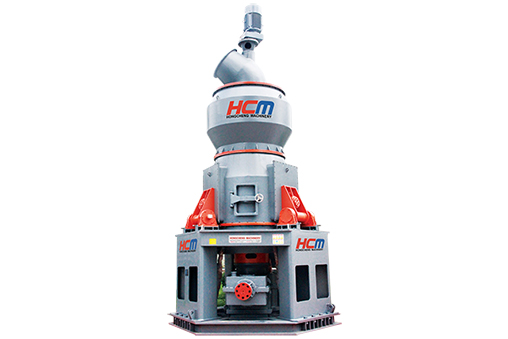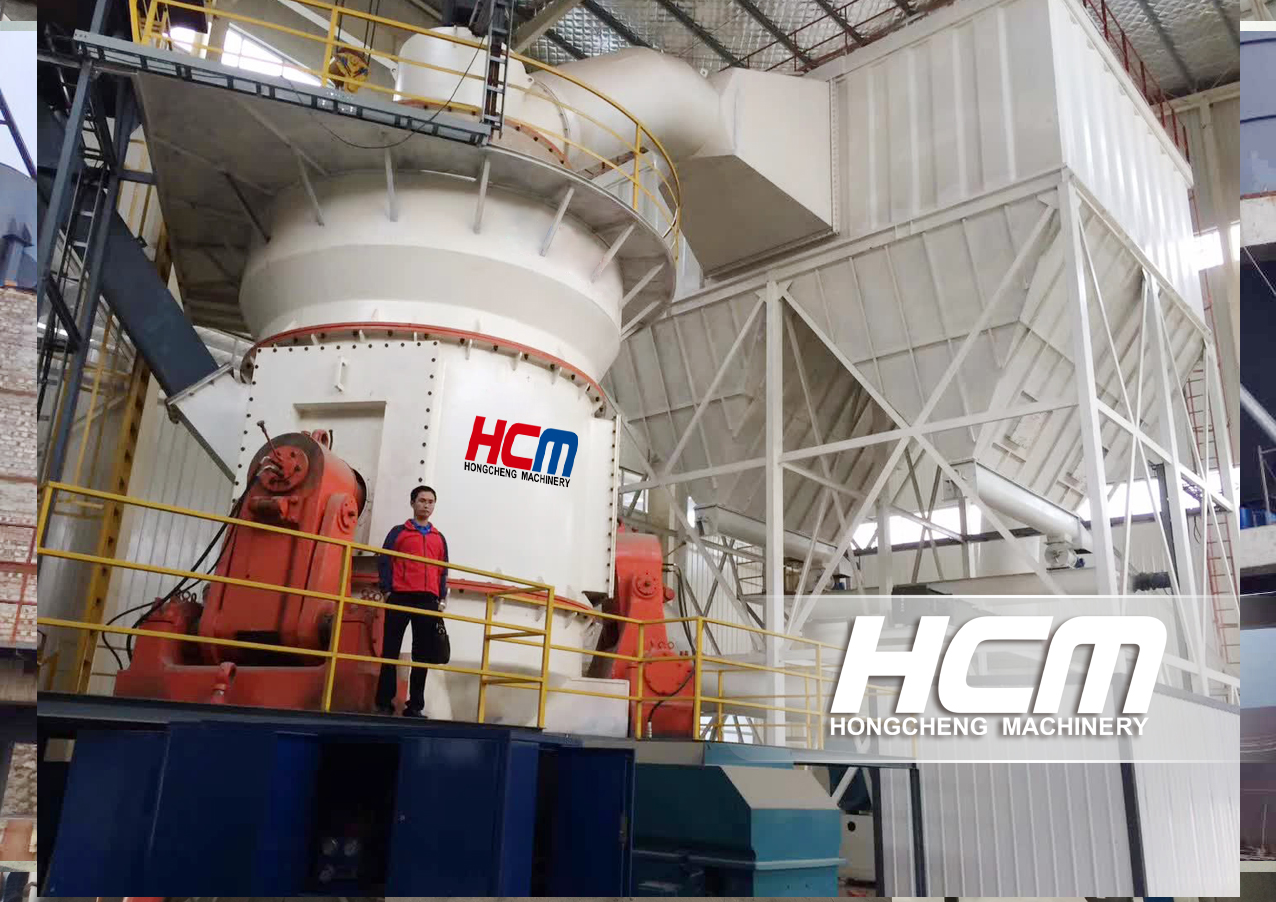Welcome to Guilin HCM Machinery Official WebSite!
Release date: 2018-11-16 11:23:01
In powder industry, vertical mill has attracted public attention because of its high powder capacity, low energy consumption and large-scale production. Compared with traditional ball mill, vertical mill started late, but it is the performance of continuous progress in pulverizing technology. With its shining advantages, it has been successfully applied in various industrial production sectors. This article mainly revolves around the structural characteristics, advantages, working principles, application areas and other elements of the two mills, to uncover the mysterious veil between the two kinds of mills.

I. Development History
1. Ball mill has a history of more than 100 years, and its technology is mature. It is well-known grinding equipment.
2. Vertical mill started late. It was applied in our country in the 1990s after development and is now in the stage of popularization.
II. Structure and installation characteristics
1. Ball mill features: complex structure, high pre-installation requirements, large area, horizontal installation, high foundation requirements, high technical requirements of installers, long installation cycle.
2. Vertical mill features: Vertical installation, less system equipment, compact structure, small area, short cycle, simple installation, low construction cost.
3. The same points: both can be arranged in the open air.
III. Working principle
1. Ball mill: low grinding efficiency, high power consumption, heavy equipment, high abrasive consumption and noise.
2. Vertical mill: It integrates drying, grinding, classifying and conveying. It has simple process, small capital investment, saving investment cost of a dryer, low failure rate, high grinding efficiency and compact structure layout.
IV. Characteristics of grinding process
1. Ball mill: mainly impact and friction crushing force.
2. Vertical mill: with extrusion as the main force and grinding as auxiliary, the material residence time is short, and it can be completed in 2-3 minutes.
V. Applicable fields
1. Ball mill: more suitable for fine grinding and rough grinding, grinding medium consumption is large; mill liner service life is short.
2. Vertical mill: suitable for fine grinding and ultra-fine grinding, grinding medium consumption is small, mill liner service life is longer.
VI. Drying capacity
1. Ball mill: drying material moisture of 3%-4%.
2. Vertical mill: drying material moisture of 12% to 15%, can controlling inlet air temperature, saving material drying equipment and economic cost.
VII. Energy consumption of equipment
1. Ball mill: high energy consumption, all parts are in motion state, vibration is large, and energy consumption is high.
2. Vertical mill: Low energy consumption, less running parts and less vibration. Under the same grinding property of raw materials and product size, energy consumption of vertical mill can be reduced by 30%-50% than that of ball mill.
VIII. Emission mode
1. Ball mill: self-emission type, high energy consumption, especially overflow ball mill is easy to wear over.
2. Vertical mill: forced type, can avoid excessive wear.
IX. Energy conservation and environmental protection
1. Ball mill: open type, dust amplification, environmental pollution.
2. Vertical mill: integral sealed, soft working voice, low noise, about 20-25 decibels lower than ball mill, generally about 80 decibels; and full negative pressure operation, small dust, clean consumption, energy saving and environmental protection.
X. Powder quality
1. Ball mill: It is easy to over-grinded. Because of metal contact and collision during operation, it pollutes the product greatly, white minerals grinding has great influence on whiteness.
2. Vertical mill: high homogenization, high purity, low pollution of finished products, convenient adjustment of product fineness, stable particle composition of finished products, grinding white minerals, powder whiteness has less impact.
XI. Equipment prices
1. Ball mill: the cost of one-time input is small, but because of high energy consumption, the later maintenance cost is high.
2. Vertical mill: the system has few equipment, compact structure, small floor area, low construction cost, simple maintenance, high automation, and can greatly save investment costs.
VII. Application examples of vertical mill and superfine vertical mill
1. Annual production of 216,000 tons of bauxite clinker HLM2400 vertical mill site
Material: bauxite clinker
Fineness: 325 mesh D90
Annual production: 216,000 tons

2. Annual production of 180,000 tons of manganese carbonate HLM2400 vertical mill site
Material: manganese carbonate
Fineness: 100 mesh
Annual production: 180,000 tons
3. Annual production of 22,000 tons of calcium carbonate HLMX1100 ultra-fine vertical mill site
Material: calcium carbonate
Fineness: 1500 mesh
Annual production: 22,000 tons
4. Annual production of 50,000 tons of marble HLMX1300 ultra-fine vertical mill site
Material: white marble
Fineness: 800 mesh
Annual production: 50,000 tons

Summary: With the progress and development of science and technology, vertical mill has gradually been widely used in slag, cement, and thermal power plant, industrial solid waste, building materials, pulverized coal, power plant limestone desulfurizer and other fields. It has become the main mill equipment with high intelligence, high grinding efficiency, low energy consumption and clean consumption reduction. It is believed that in the near future, vertical grinding technology will be well known to the public and become major grinding equipment contributing to the powder field.